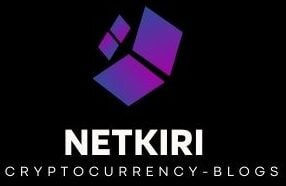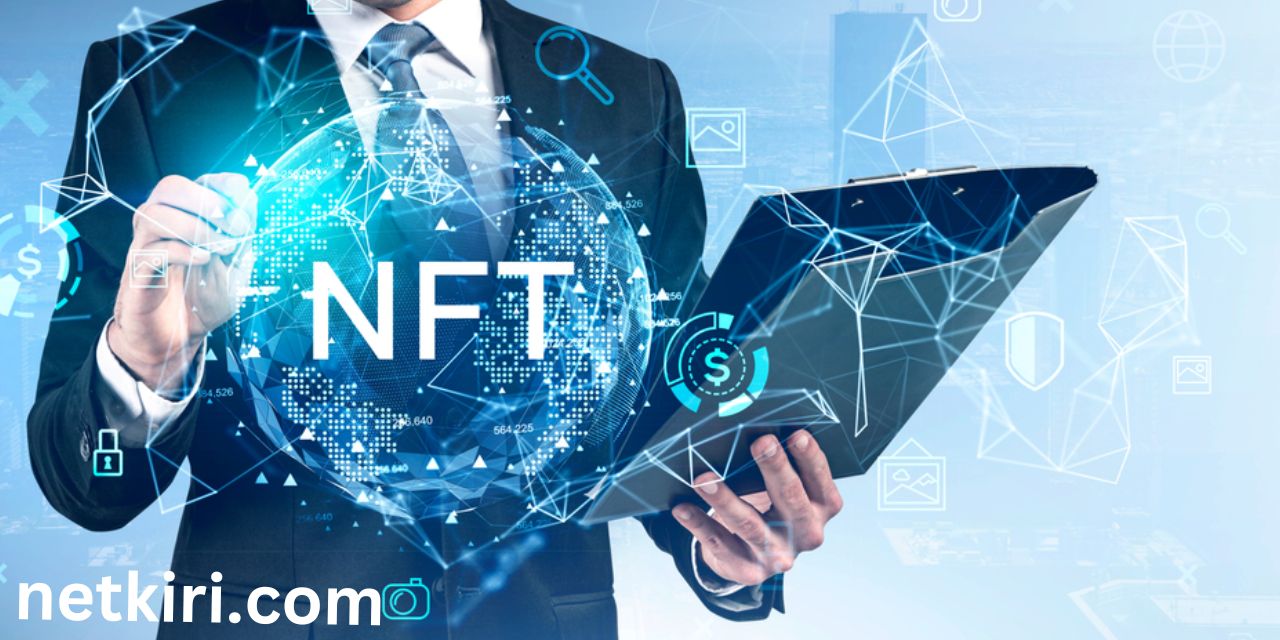Introduction
The emergence of Non-Fungible Tokens (NFTs) has revolutionized the art market, providing artists with new ways to monetize their creations and collectors with unique ownership opportunities. NFTs represent digital assets authenticated by blockchain technology, making them scarce, verifiable, and highly sought after in the digital world. In this article, we delve into the current landscape of the NFT art market, examining trends, challenges, and the vast array of opportunities it presents.
Table of Contents
Trends in the NFT Art Market
- Explosive Growth: The NFT art market has witnessed exponential growth over the past few years, with sales volumes skyrocketing and breaking records. The allure of owning digital art backed by blockchain technology has attracted both seasoned collectors and newcomers to the space.
- Diverse Artistic Expression: NFTs have opened up avenues for artists across various mediums, from digital artists and graphic designers to musicians and filmmakers. This diversity in artistic expression has contributed to the vibrancy and dynamism of the NFT art market.
- Celebrity Endorsements: High-profile endorsements from celebrities and influencers have propelled the NFT art market into the mainstream. From renowned musicians releasing exclusive albums as NFTs to athletes tokenizing memorabilia, celebrities have played a pivotal role in driving adoption and generating buzz.
- Metaverse Integration: The concept of the metaverse, a virtual reality space where users can interact with digital environments and assets, has gained traction in the NFT art world. Artists are exploring the potential of creating immersive experiences within the metaverse, blurring the lines between physical and digital art.
Challenges Facing the NFT Art Market
- Environmental Concerns: One of the primary criticisms leveled against NFTs is their environmental impact, particularly concerning energy consumption. The proof-of-work consensus mechanism used by many blockchain networks, such as Ethereum, requires substantial computational power, leading to carbon emissions. Addressing these concerns is crucial for the long-term sustainability of the NFT art market.
- Copyright and Ownership Issues: The decentralized nature of blockchain technology has raised questions about copyright infringement and intellectual property rights within the NFT ecosystem. Instances of unauthorized minting and selling of digital artworks have highlighted the need for robust mechanisms to protect artists’ rights and ensure fair compensation.
- Market Volatility: The speculative nature of the NFT market has resulted in significant price fluctuations, posing risks for both artists and collectors. Market volatility can undermine confidence in the value of NFTs as investments and deter potential participants from entering the market.
- Scams and Frauds: The rapid growth of the NFT art market has attracted opportunists looking to exploit unsuspecting buyers and artists. Scams ranging from fake NFT listings to fraudulent auctions have tarnished the reputation of the industry and underscored the importance of due diligence and regulatory oversight.
Opportunities in the NFT Art Market
- Democratization of Art: NFTs have democratized the art world by providing artists with direct access to global audiences and enabling them to bypass traditional gatekeepers. This democratization has empowered creators from diverse backgrounds to showcase their talent and build sustainable careers in the digital age.
- New Revenue Streams: For artists, NFTs represent a new frontier for monetization, offering multiple revenue streams beyond traditional sales and commissions. Through tokenization, artists can generate income from royalties, licensing deals, and secondary market transactions, providing them with greater financial independence and flexibility.
- Collective Ownership Models: NFTs have facilitated the emergence of collective ownership models, where multiple individuals can own fractional shares of a digital artwork. This fractional ownership opens up investment opportunities for collectors with varying budget constraints, fostering a more inclusive and accessible art market.
- Innovative Collaboration Platforms: Platforms leveraging blockchain technology are facilitating innovative collaboration models between artists, collectors, and enthusiasts. From decentralized autonomous organizations (DAOs) funding art projects to social platforms enabling community-driven curation, these initiatives are fostering creativity, collaboration, and engagement within the NFT art ecosystem.
Conclusion
The NFT art market stands at the intersection of art, technology, and finance, offering unprecedented opportunities for artists, collectors, and investors. Despite facing challenges such as environmental concerns, copyright issues, and market volatility, the market’s growth trajectory remains strong, driven by evolving trends and the proliferation of innovative solutions. By addressing these challenges and capitalizing on emerging opportunities, the NFT art market has the potential to reshape the future of the creative economy and redefine the way we perceive and value art in the digital age.

